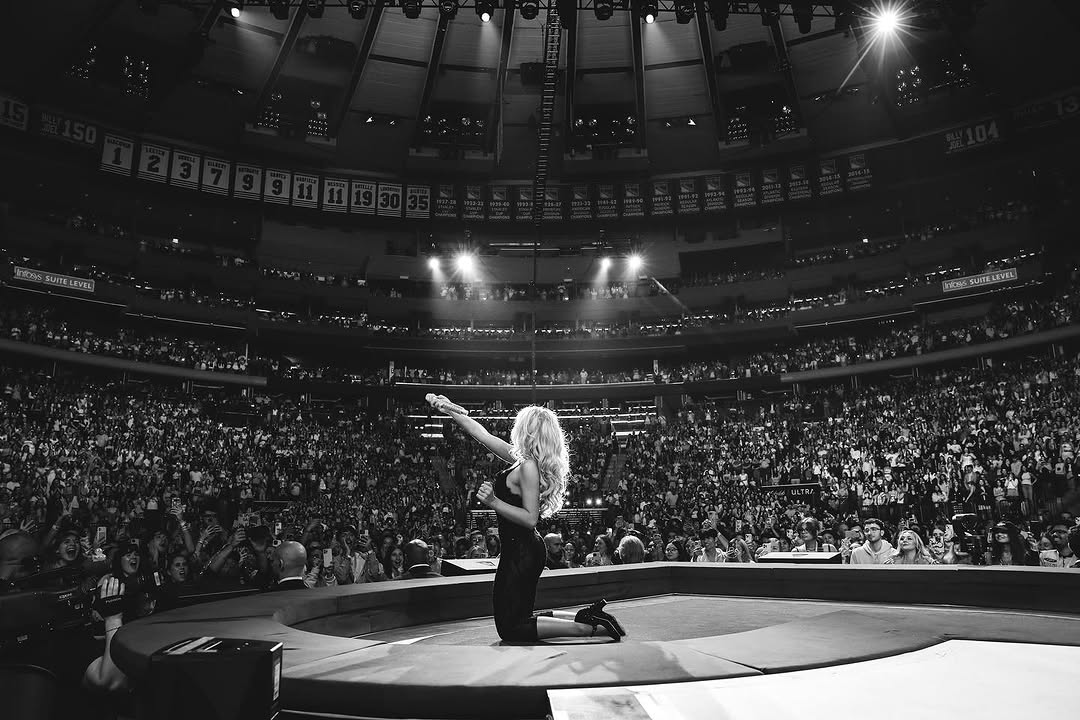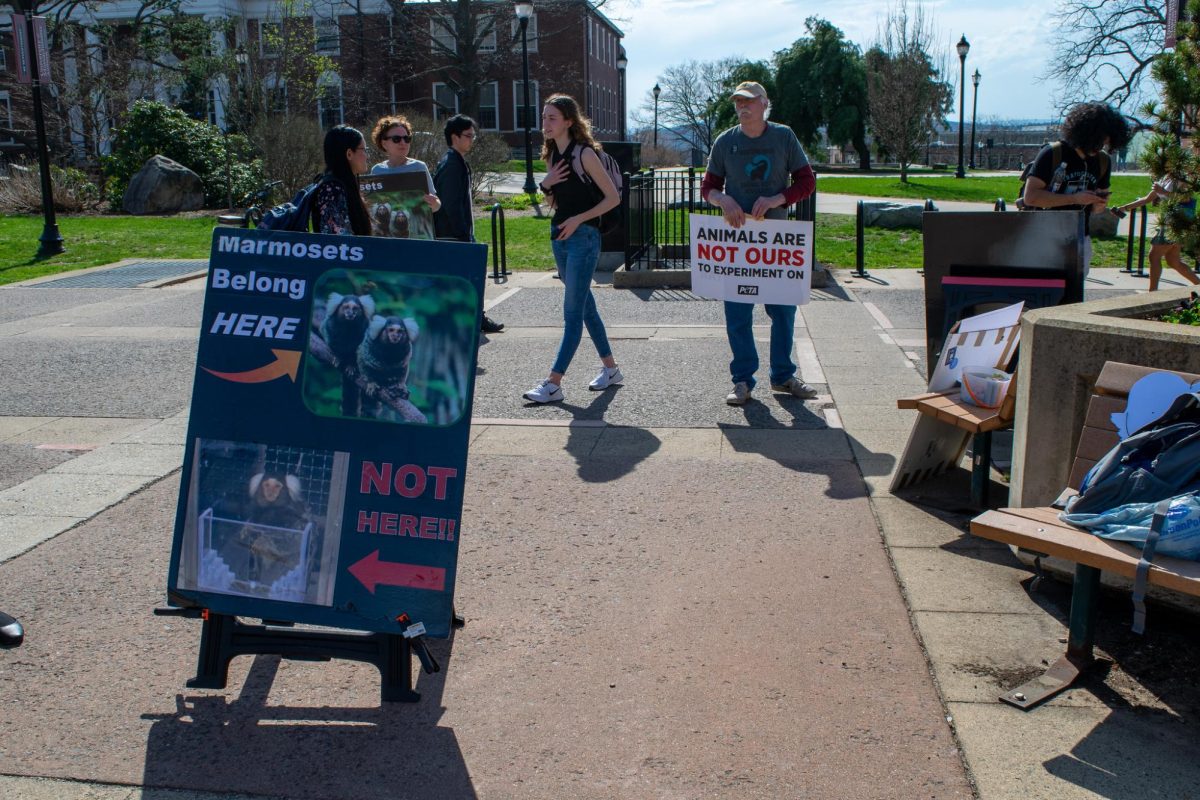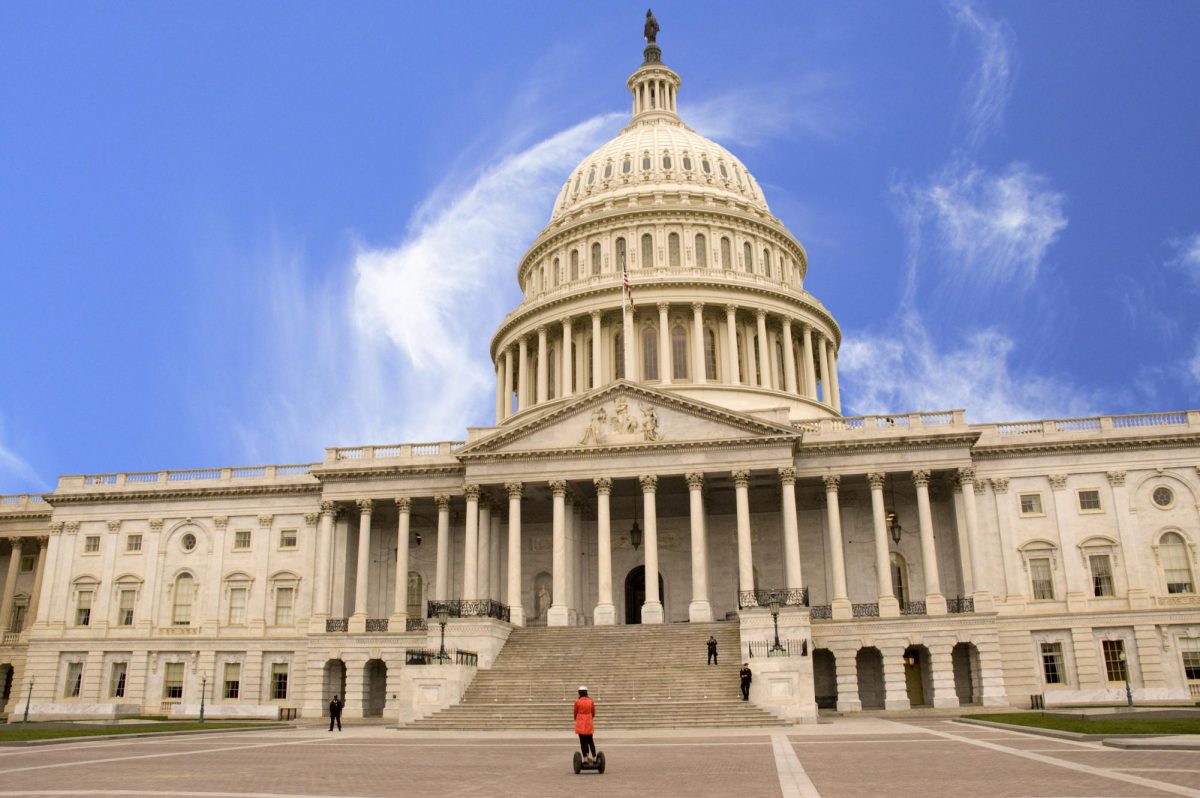Lazing around in my plush armchair, I rack my brains for an engaging start to this article. Now and then, I take a sip of my iced latte. It’s no ordinary latte though, but a canned draft latte which means it’s made to mirror the froth and consistency of your standard cappuccino. Delicious and efficient. But there’s a catch, one that might put off certain readers: it’s not made with real milk.
I realize that most readers my age either already agree with me, or grew up with a local milkman, but this special milk nonetheless deserves a shout-out. Oat milk is a dairy-free milk alternative that closely resembles the taste, consistency and color of ordinary cow’s milk. However, the difference between this wonder milk and cow’s milk is that oat milk typically has fewer calories, more health benefits and above all, a much smaller environmental impact. It’s the milk we all need to start using.
Many will argue that there’s no point in changing seemingly small preferences like the milk they drink because there are larger environmental issues plaguing our Earth, like overpopulation and excessive carbon emissions. While these issues are crucial in our understanding of climate change, we’d be remiss to start so high up on the ladder. Tackling climate change is a marathon, not a sprint. So, we’ve got to start small, as small as a glass of milk.
According to a 2018 University of Oxford study, a standard 200 ml glass of cow’s milk produces nearly .6 kg (1.3 lbs) of carbon dioxide emissions, requires over 1.5 square meters of land and almost 120 liters (31.7 gallons) of water. To put this in perspective, taking a bath, on average, requires 113 liters of water, while a 10-minute shower uses up 94 liters of water.
A 200 ml glass of oat milk, on the other hand, produces around .2 kg (.44 lbs) of carbon dioxide emissions, requires under .5 square meters of land, and less than 20 liters (5.2 gallons) of water to produce. The only other milk alternative that produces less carbon dioxide emissions is almond milk. However, a 200ml glass of almond milk requires around 80 liters of water to produce. This brings us to the question, why oat milk in particular?
Although oat milk provides plenty of health benefits and has a relatively low carbon footprint, there are other milk alternatives that offer similar advantages. Soy milk, for instance, produces a tad more in carbon dioxide emissions but uses less land and water than oat milk. The big difference is that soy milk tastes terrible, and somewhere in this discussion lies user preference. But no matter your choice of plant-based milk, its environmental impact will be far less than that of ordinary dairy-based milk.
After you’ve decided to make the switch to non-dairy milk alternatives, it becomes a matter of which milk tastes the best in your cereal, is the most soluble in your coffee and looks the prettiest in your fridge. Of all milk alternatives, oat milk most clearly resembles dairy milk in consistency and taste. Taste testers over at foodandwine.com described oat milk as “Buttery, thick, and very close to real milk.” The Wirecutter’s Michael Sullivan says oat milk “didn’t overpower when stirred into coffee, and it mixed well without separating.”
If that’s not convincing enough, take it from a self-proclaimed coffee connoisseur like myself, who writes about and drinks his coffee with oat milk every day — it’s the best milk out there. For one, oat milk lasts much longer than normal dairy milk. On average, the ‘best by’ date of unopened oat milk is typically a couple of months when stored properly. In comparison, dairy milk lasts about 5 to 7 days after its ‘best by’ date.
It’s also worth mentioning that around 30-50 million American adults, and 65 percent of the world’s population (4.875 billion) are lactose intolerant to some degree. So, it makes little sense for us to mass consume dairy milk in the presence of alternatives that emit less carbon dioxide, require less land and water and essentially taste the same. If we don’t begin to take these milk preferences seriously, they’ll come back to haunt us.
Our Earth is crumbling beneath us, and the foundation that created the tallest mountains and the deepest valleys is withering away as you read this. The sky in San Francisco is bright orange, while the Arctic glaciers melt away by the second. What I gain from writing this article is a couple more sips of my canned draft latte. But what we, as a society, gain from switching to dairy-free milk alternatives is priceless: the move toward a healthier planet. We must remind ourselves that change doesn’t have to be large to be significant.
Let’s begin by putting down the dairy and picking up some oats.
Max Schwartz can be reached at [email protected]. Follow him on Twitter @maxwschwartz.



















